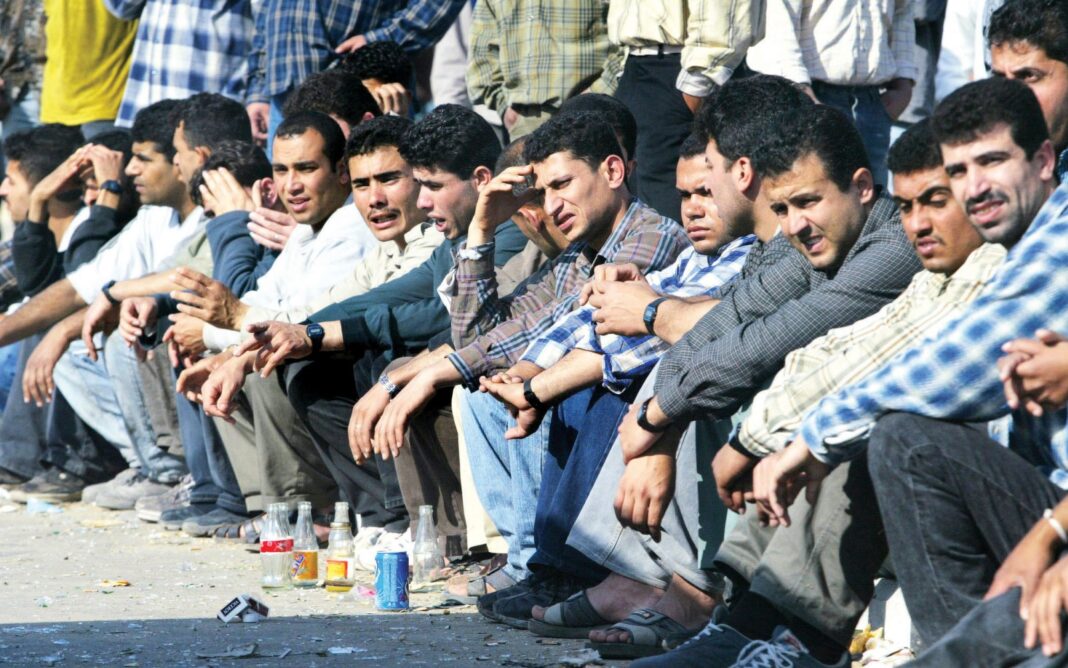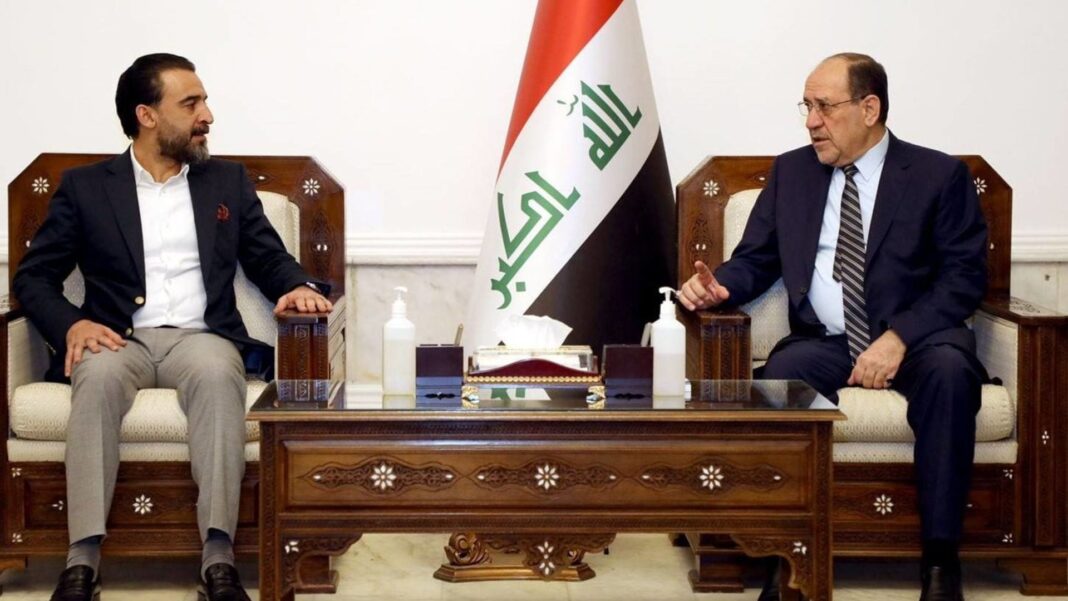The youth unemployment rate Iraq continues to be a significant challenge for both the federal government and the Kurdistan Region. This issue affects millions of young people, limiting their economic opportunities and future prospects. Understanding the differences between these regions provides insight into Iraq’s broader labor market difficulties.
Firstly, the Kurdistan Region experiences a higher overall unemployment rate than the federal areas. Recent reports indicate the Kurdistan Region’s unemployment reaches nearly 24%, with youth unemployment close to 27%. These numbers reflect structural problems in the regional job market and economic uncertainties.
Conversely, Iraq’s federal region shows a lower overall unemployment rate of about 15.5%. However, youth unemployment remains alarmingly high at around 32%. This indicates that despite a lower general unemployment figure, young Iraqis face severe employment barriers.
Transitioning to gender disparities, the Kurdistan Region faces a substantial gap between male and female employment rates. About 61.5% of males are employed compared to only 16.1% of females. This imbalance further complicates efforts to reduce youth unemployment effectively.
Moreover, various cities within Kurdistan report different youth employment levels. For example, Soran boasts a youth employment rate of over 50%, while Duhok struggles with just 41%. These regional differences require tailored policies to target local needs efficiently.
Furthermore, the federal government has taken steps to tackle youth unemployment. Initiatives include vocational training, entrepreneurship support, and increased investment in private sector job creation. Nonetheless, the impact remains limited as many young people still find it difficult to secure stable jobs.
In conclusion, the youth unemployment rate Iraq highlights the pressing need for coordinated action between federal and regional authorities. Both Kurdistan and federal areas face unique challenges that demand specific strategies. By focusing on inclusive growth and equal opportunity, Iraq can hope to improve youth employment prospects significantly.Sustained efforts and collaboration between regions are essential for success.



